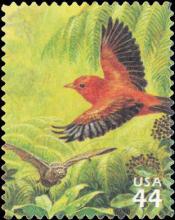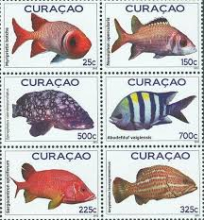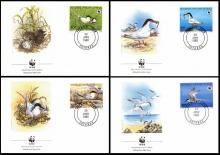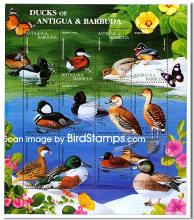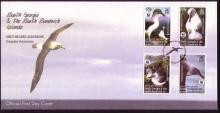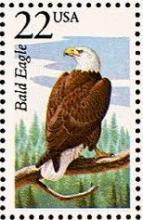Pesticide use threatens rare Hawaiian species
Given its fragile and unusually rich ecology, the Hawaiian island of Kauai seems ill-suited as a site for agricultural experiments that use heavy amounts of toxic chemicals. But four transnational corporations — BASF Plant Science, Dow AgroSciences, DuPont Pioneer, and Syngenta — have been doing just those kinds of experiments here for about two decades, extensively spraying pesticides on their GMO test fields. As a result, the landscape on the southwest corner of the island, around the town of Waimea, has become one of the most toxic chemical environments in all of American agriculture. This poses serious risks for the people of Kauai, as I’ve documented, but even less noticed are the hazards posed to the unique flora and fauna of the island and the coral reefs just off its shores. Each of the seven highly toxic pesticides most commonly used by the GMO giants on Kauai (alachlor, atrazine, chlorpyrifos, methomyl, metolachlor, paraquat, and permethrin) is known to be toxic to wildlife, plants, or both. The isolated geography of Kauai has fostered the evolution of a great diversity of birds, bugs, and plants. Kauai has more unique species — species that live only on the island — than anywhere else in the world, said Carl Berg, an ecologist and long-time advocate for clean water with the Kauai chapter of the Surfrider Foundation. Berg and others fear that these endemic species are being put at great risk of extinction by exposure to the chemicals, though he says he has no idea the extent of the damage. The U.S. Fish and Wildlife Service added 48 species that live only on Kauai to the endangered species list in 2010, including two different species of the Hawaiian honeycreeper, a small bird, and the large Hawaiian picture-wing fly. Also, several protected marine species rest or breed on the island’s beaches, including the highly endangered Hawaiian monk seal and the threatened green sea turtle. Occasionally, an endangered leatherback and hawksbill sea turtle will wander close in. A total of 17 different kinds of dolphins and whales frolic in the island’s harbors and bays.

